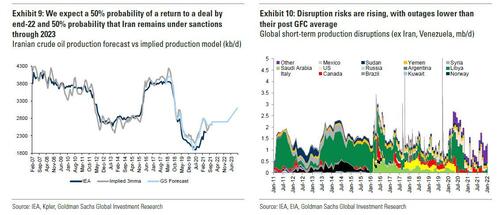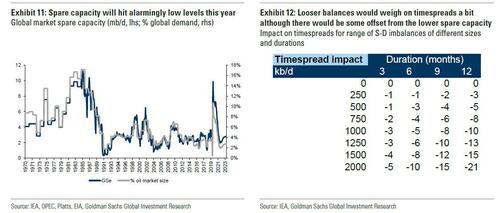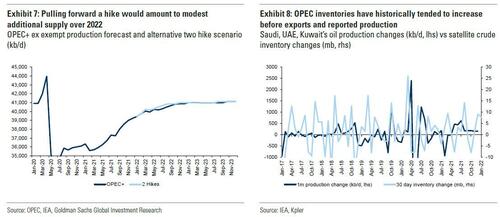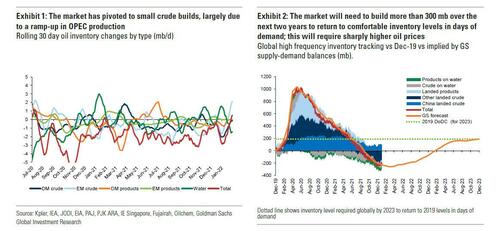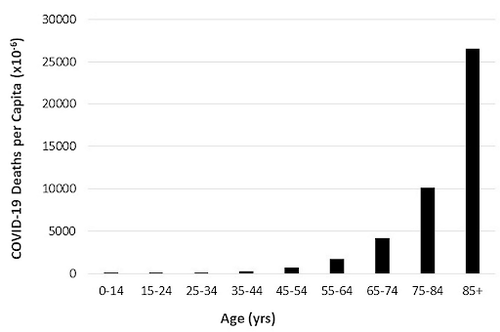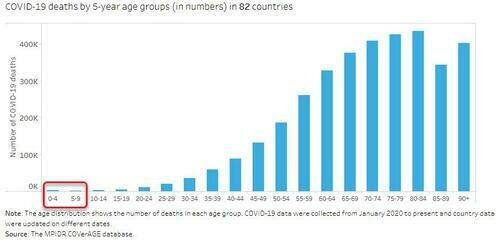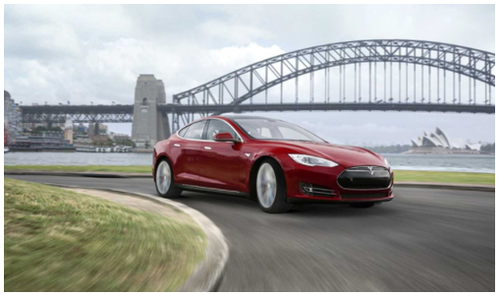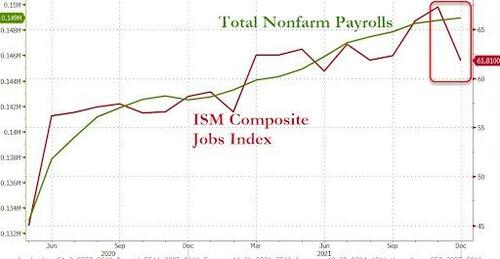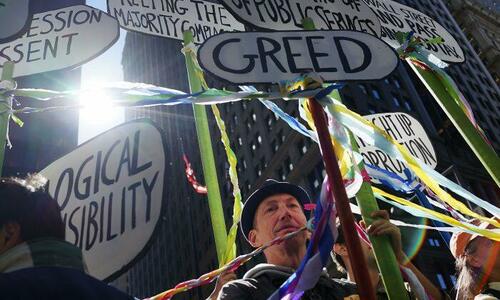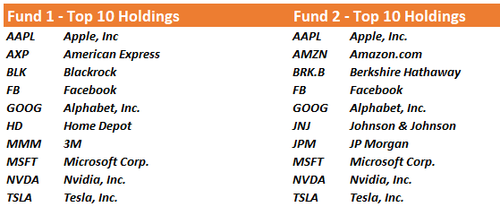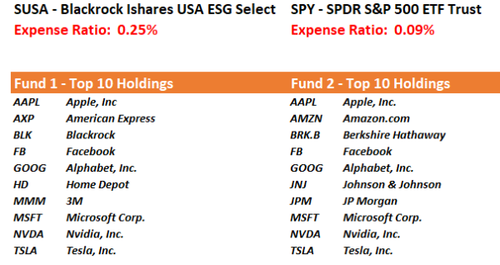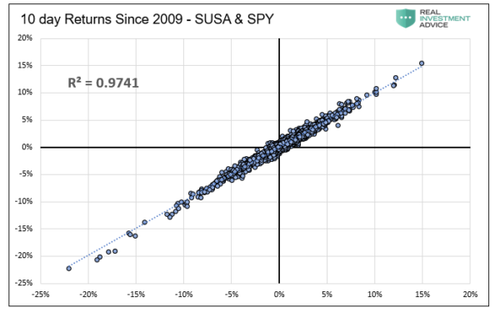
Of the world’s largest economies, none have tried harder to fight climate change than Germany. In 2011, former Chancellor Angela Merkel announced an unprecedented Energiewende (“energy transition”) plan to slash her country’s greenhouse gas emissions and usher in a new green economy. A decade later, electricity prices are skyrocketing while Germany is finalizing a new natural gas pipeline with Russia. With the news that Germany will miss its emissions reduction targets for 2022 and 2023, the Energiwende can officially be declared a self-imposed climate disaster.
Turning the world’s fourth-largest economy—one that emerged from the ashes of World War II on the back of its coal, steel, and auto manufacturing industries—green required radical transformation. In a sense, Germany’s proposed 21st century economic transformation would require undoing its 20th century economic miracle.
Germany was already reducing its greenhouse gas emissions before 2011, so it came as a surprise when Merkel announced that her government would “end the use of nuclear energy and reach the age of renewable energy as fast as possible.” The Energiewende’s goal of reducing emissions 80 to 95 percent by 2050 was ambitious, but it was the prospect of achieving this goal without nuclear energy that truly turned heads. By shuttering nuclear plants and scaling wind and solar, Merkel made a poor bet that a green economy could run on wind and sunshine alone.
After a swath of decrees and guidelines, as well as tens of billions of euros in subsidies for, and investment in, renewable projects, Merkel boasted about creating hundreds of thousands of green-collar jobs. Many Germans embraced this vision for the future, taking pride in their nation’s turn toward an economy powered by nature. Yet it quickly became apparent that while the Energiewende plan offered vision, it lacked sound strategy.
Bureaucracy slowed the construction of necessary infrastructure for storing and transporting new renewable forms of energy. And suddenly Dunkelflaute—a term used to describe periods of low energy production when the sun failed to shine or the wind didn’t blow—entered the German vernacular. By 2019, the Federal Court of Auditors declared that the 160 billion euros ($180 billion) spent over the last five years were “in extreme disproportion to the results.”
By the tenth anniversary of the Energiewende, the scope of the project’s failure became clear. The year before, German leaders had celebrated renewables reaching 46.2 percent of national electricity consumption due to favorable weather conditions and lower demand. But in 2021, this trend reversed. During the COVID economic bounce back, energy demand exploded while wind power production decreased by 25 percent—leaving coal and natural gas generation to fill in the gaps.
German households have the highest electricity prices in the world, but many Germans are still committed to their utopian vision. Last fall, voters pushed out Merkel’s center-right Christian Democrats in favor of a coalition led by the center-left Social Democrats. This wasn’t a refutation of the Energiewende though, since it appears that Chancellor Olaf Scholz will double down as he has expressed interest in being known as the “climate chancellor” and supports policies including an EU-wide carbon price.
The Energiewende has consequences beyond German borders too. The country can’t meet its energy needs with domestic wind, solar, and coal production. So Germans are eagerly awaiting the completion of Nord Stream 2, a pipeline that will deliver natural gas from Russia. It will pump fossil fuel into Germany while lining the pockets of Russian oligarchs with cash. Those excommunicated nuclear plants would have provided emissions-free energy without any reliance on Russia.
Meanwhile in Brussels, Germany’s new Economy and Climate Protection Minister Robert Habeck wants to force the Energiewende plan on the rest of Europe. He recently rejected the European Commission’s plan to label nuclear energy “green,” saying the move “waters down the good label for sustainability.” As long as Germany is miscategorized as the global climate leader, other nations will follow its mindless model.
German technocrats’ hubris has produced a coal renaissance and a dangerous dependence on Russian natural gas. The rest of the world should not take advice from them.
The post Germany's Failed Bid To Be the Global Climate Leader appeared first on Reason.com.
from Latest – Reason.com https://ift.tt/cZyYNFtvg
via IFTTT

